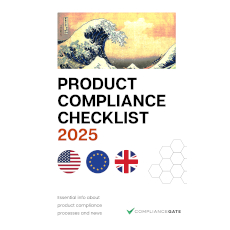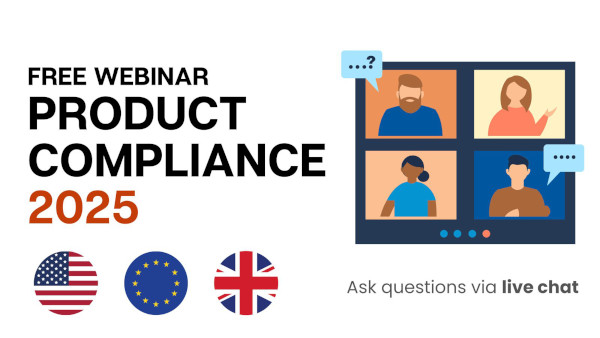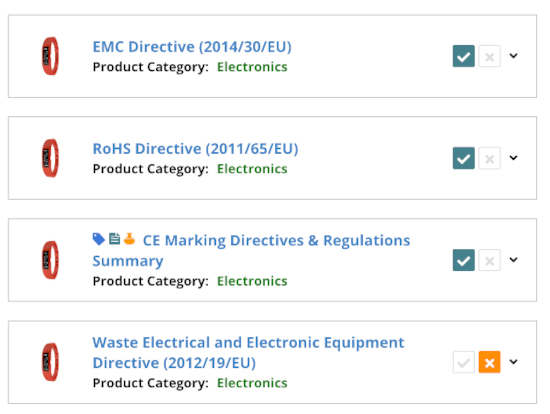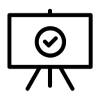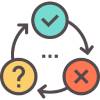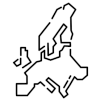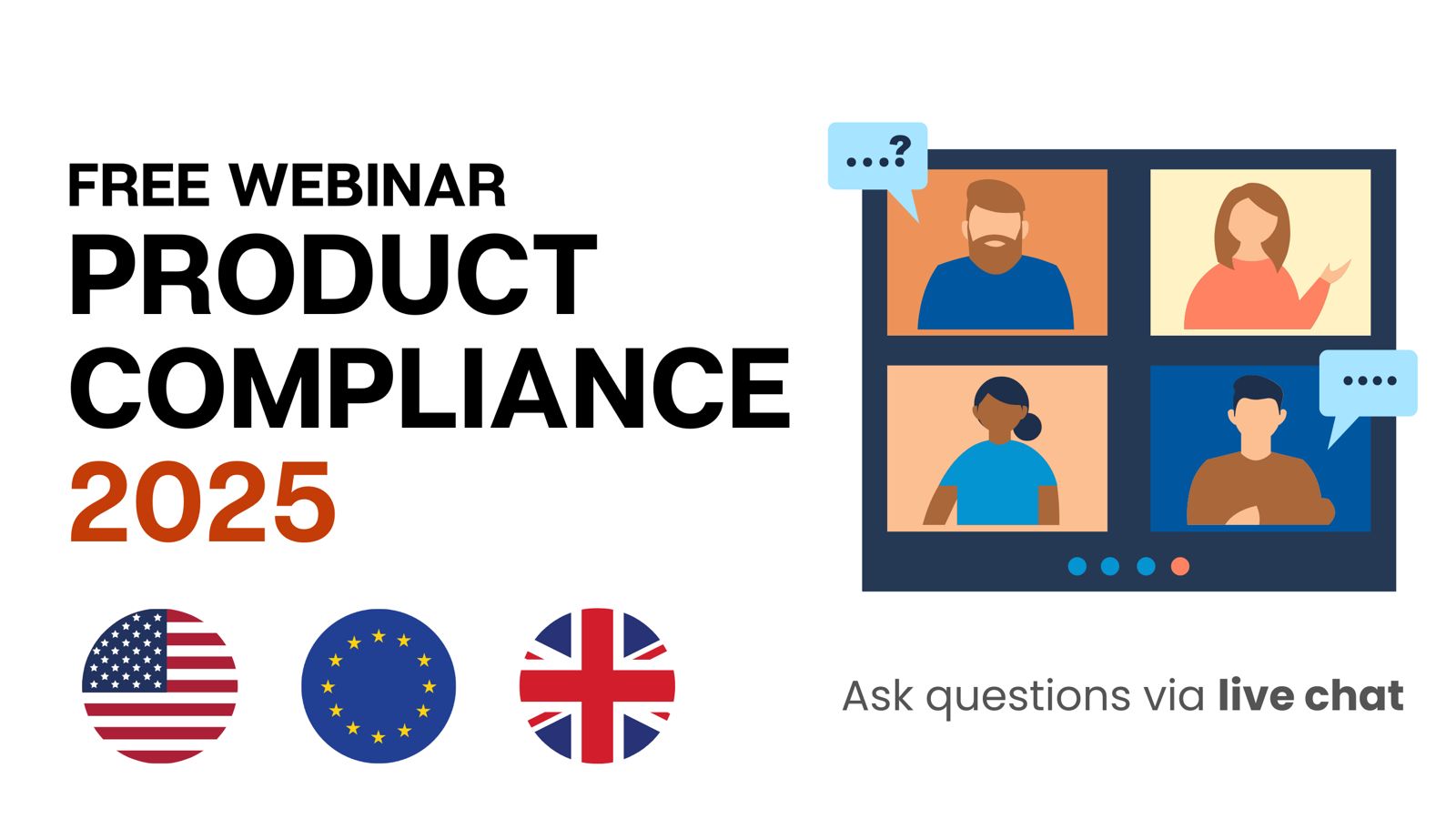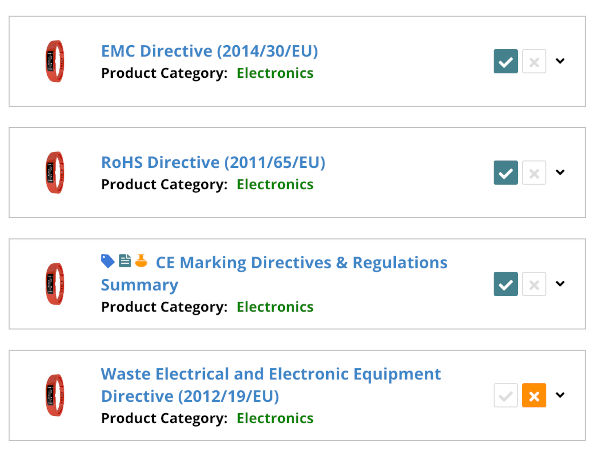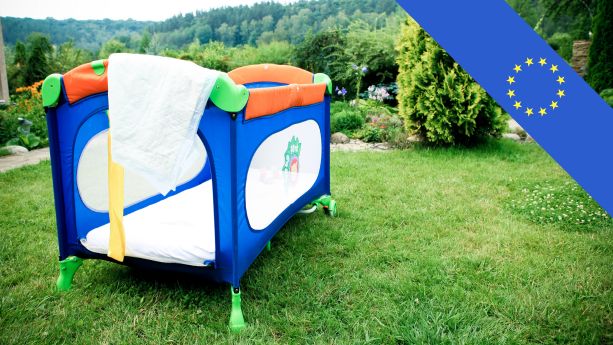
Importers and manufacturers of playpens need to comply with various regulations, directives, and standards in the EU. Non-compliant playpens are unsafe and can pose hazards, such as body part entrapment or strangulation of young children. As another example, coatings, textiles, and other components may contain restricted substances above the limit, resulting on an unsafe product.
In this guide, we explain how regulations such as the General Product Safety Regulation and REACH, and standards such as EN 716-1, apply to playpens in the EU.
Content Overview

FREE CONSULTATION CALL (US, EU & UK)
- Request a free 30-minute call with Ivan Malloci to learn how we can help you with:
- Find product requirements
- Certification and labeling
- Lab testing
General Product Safety Regulation
The General Product Safety Regulation sets safety requirements for consumer products, including playpens. The regulation generally requires that you:
a. Properly label your products with traceability information and warnings (if applicable)
b. Provide technical documentation and instructions
c. Get your product tested against relevant standards and requirements
d. Ensure the product is safe for use before selling it
EN Standards
You should ensure that you comply with standards for your product that are harmonised under the regulation when they exist. This way, your product is assumed to conform with the safety requirements set by the regulation. If no harmonised standards exist for your product, you should still use other standards, such as EN standards, to ensure product compliance.
Here we list two standards that cover some types of playpens. Note that more standards may exist other than the ones that we showcase here.
EN 716-1 – Furniture – Children’s cots and folding cots for domestic use – Part 1: Safety requirements
EN 716-1 is harmonised under the General Product Safety Regulation. While it sets safety requirements for “cots”, it also applies to cots that can be converted into playpens.
This standard does not apply to cradles, cribs, and carry cots.
EN 12227 – Playpens for domestic use – Safety requirements and test methods
EN 12227 sets safety requirements and methods for testing domestic-use playpens, such as foldable playpens for children weighing up to 15 kilograms.
As far as we know, this standard is not harmonised under the General Product Safety Regulation. However, you could still use it to ensure your product is safe.
Documentation
The regulation requires you to provide several documents, as explained in this section.
| Title | Description |
| Technical documentation | You need to provide technical documentation, which should contain the elements listed in Article 9 of the regulation. |
| Instructions and safety information | You should provide safety information and instructions for the product’s assembly, installation, safe use, maintenance, and disposal. |
| Test reports | The regulation mandates that you get your product tested and provide a test report as part of the required technical documentation to prove compliance. |
Labelling requirements
The regulation also requires you to provide product traceability information and warnings on your product, its packaging, or accompanying documents (such as the instructions).
| Title | Description |
| Product traceability information | You need to provide information that permits product traceability, such as:
|
| Warnings | The regulation mandates that you provide warnings, such as age-suitability warning information, when required. Note that warnings are especially important for children products.
That being said, warnings are not a replacement for ensuring compliance with applicable safety standards. These can only serve as a complement. |
REACH Regulation
The REACH Regulation sets restrictions on substances used in consumer products. Playpens may contain plastic, metal, fabric, and other materials. In turn, these materials and components may contain restricted substances such as phthalates, lead, or cadmium.
Examples
- Plastic parts may contain DEHP and other phthalates
- Metal parts may contain lead, cadmium, and other heavy metals
- Pain and coatings may contain phthalates and lead
As such, you should get your playpens tested to ensure they comply with the substance restriction requirements.
Which substances are restricted?
Annex XVII restricts the use of certain substances that may be present in the fabric, plastic, or metal components of playpens, for example. Here we list some examples of these substances:
a. Cadmium – restricted to 0.01% by weight in plastic material
b. Lead – restricted to 0.05% by weight in small articles that children may place in their mouths, such as attachable playpen toys or accessories
c. Phthalates (e.g. DEHP) – restricted to 0.1% by weight in toys and childcare articles
What are SVHCs?
Substances of Very High Concern (SVHCs) are substances that can cause irreparable harm to human health and the environment. You should use the SCIP database to notify ECHA if your product contains more than 0.1% of a specific SVHC.
The components of playpens may contain SVHCs, such as:
a. BPA – may exist as an additive in plastic structures
b. Lead – may exist in the metal zippers and other components
c. TNPP – may exist as a stabiliser in the PVC components
Toy Safety Directive
The Toy Safety Directive establishes requirements for toys and products with play value.
A playpen with “play value” would likely contain components that allow the child to play. For example, it could contain a floor mat made of “puzzle items” that can be composed and decomposed by the kid.
The directive would therefore apply to some playpens and playpen accessories, such as toy mobiles. It generally mandates you to:
- Ensure that toys and accessories comply with the requirements of EN 71 standards
- Get your products tested
- Draw up a Declaration of Conformity
- Draw up the technical documentation
- Draw up the user instructions and safety information
- Affix traceability information
- Affix the CE marking
- Affix the required warning labels (e.g. for age-suitability)
Deforestation Regulation (EUDR)
The Deforestation Regulation (EUDR) sets requirements for the importation and exportation of wooden furniture and its components, thus it may be relevant to wooden playpens.
The regulation generally requires companies to:
a. Exercise due diligence: Importers must:
- Collect information about the species of wood acquired for the product
- Conduct risk assessments (such as the extent of deforestation), and
- Implement risk-mitigation measures (e.g. third-party audits)
b. Provide a due diligence statement, which should include the information listed in Annex II of the regulation.
Small and medium-sized enterprises (SMEs) need only provide the due diligence statement reference number if their supplier has already complied with the due diligence requirements.
Textile Labelling and Fibre Composition Regulation
The Textile Labelling and Fibre Composition Regulation establishes labelling requirements for furniture coverings made of at least 80% textile material. As such, the regulation may cover the coverings of playpens.
The regulation generally requires that you attach the textile label to your product. The label should indicate the fibre composition; for example: “90% cotton 10% polyester”.
Persistent Organic Pollutants (POPs) Regulation
The Persistent Organic Pollutants (POPs) Regulation restricts the use of POPs, which are carcinogenic, mutagenic, and reprotoxic, and also persistent, bioaccumulative, and toxic to human health and the environment.
Playpen components may contain plastic and textile materials, which may in turn contain restricted POPs, such as:
- DDT (used as a pesticide)
- Alkanes (used as a coating substance)
- PFOA (used for water-repellency in textiles)
You need to have your playpen products undergo testing to ensure they do not contain banned POPs or POPs that exceed the permitted limit.
Lab Testing
Some regulations (e.g. the Toy Safety Directive) may mandate product testing. Even if other regulations may not strictly mandate testing, you should still get your product tested to ensure it complies with the requirements and is safe to use.
If your product passes the tests, the laboratory should provide you with a report proving that your product complies with the regulatory requirements.
| Regulation | Lab testing |
| General Product Safety Regulation | This regulation establishes safety requirements for consumer products, such as playpens.
These products should undergo safety testing against harmonised standards (e.g. EN 716-1) or even non-harmonised standards (e.g. EN 12227) to ensure the safety of children. |
| REACH Regulation | This regulation restricts substances in consumer products such as playpens. Your product should undergo testing to ensure it does not contain restricted substances above the permitted limits. |
| Toy Safety Directive | This directive sets safety requirements for toys and mandates product testing against factors such as:
|
| Persistent Organic Pollutants (POPs) Regulation | You need to get your product tested to ensure that it does not contain POPs above the permitted limits. For instance, coating substances should not contain more than 0.15% by weight of alkanes. |
Playpen testing companies
Here are some companies that claim to test playpens or related products against the requirements of EU regulations or standards:
- SGS
- QIMA
- TÜV Rheinland
- TÜV SÜD
- Eurolab Laboratory Services


